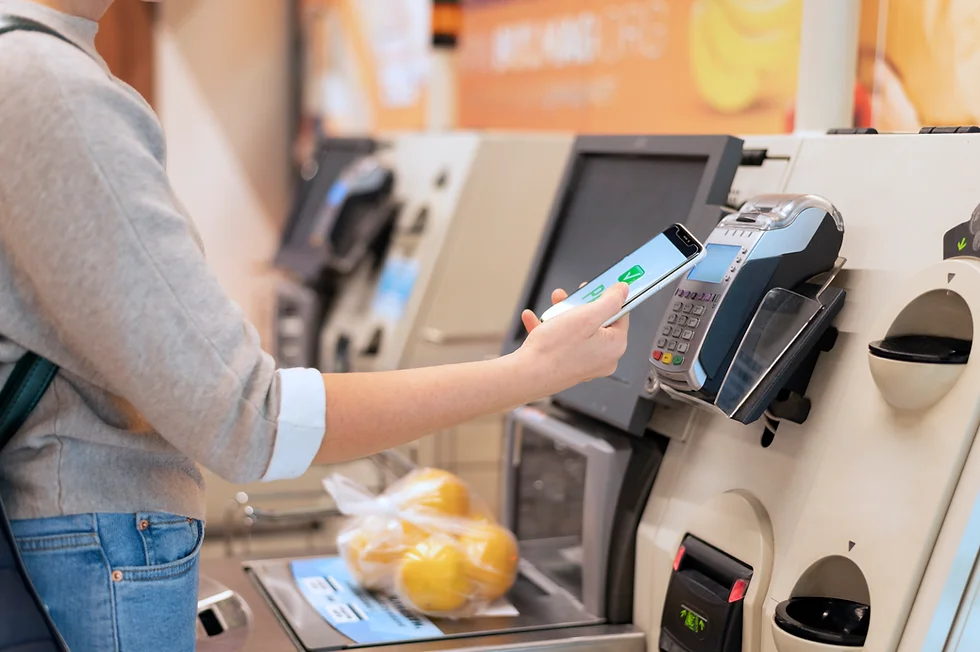
Self-ordering kiosks represent a revolutionary shift in the way customers interact with businesses, particularly in the food service industry. These innovative touchscreen terminals allow patrons to browse menus, customize orders, and process payments—all without the need for traditional cashier interaction. In the dynamic landscape of the Philippines, self-ordering kiosks are gaining traction rapidly, reshaping the dining experience for both consumers and businesses alike. By leveraging intuitive interfaces and seamless integration with backend systems, self-ordering kiosks empower customers to take control of their ordering process while streamlining operations for restaurants and food service establishments. With the proliferation of digital technology and the increasing demand for convenience, self-ordering kiosks have emerged as a game-changer in the Philippine market.
How Self-Ordering Kiosks Work
At the heart of the self-ordering kiosk experience is its user-friendly interface and intuitive navigation. Customers can effortlessly browse through menus, select items, and customize their orders according to their preferences. These kiosks also support various payment methods, including cash, card, and digital wallets, offering flexibility and convenience to customers. Behind the scenes, self-ordering kiosks seamlessly integrate with backend systems, ensuring real-time order processing and inventory management. By automating the ordering process, businesses can enhance operational efficiency and deliver a seamless customer experience from order placement to fulfillment.
Advantages of Self-Ordering Kiosks for Customers
For customers, the benefits of self-ordering kiosks are manifold. Firstly, they offer unparalleled convenience, allowing patrons to place orders at their own pace without the need to wait in long queues. Moreover, self-ordering kiosks empower customers to customize their orders with precision, accommodating dietary preferences and special requests effortlessly. By eliminating the need for face-to-face interaction, self-ordering kiosks also reduce the likelihood of errors in order transcription, leading to increased order accuracy and customer satisfaction. Additionally, self-ordering kiosks often feature multilingual support, catering to the diverse linguistic needs of customers in the Philippines.
Impact of Self-Ordering Kiosks on Business Operations
From a business perspective, self-ordering kiosks offer transformative benefits that extend beyond the front-of-house experience. By automating order entry and payment processing, these kiosks can significantly reduce labour costs and increase operational efficiency. Furthermore, self-ordering kiosks provide valuable data insights that businesses can leverage to optimize menu offerings, pricing strategies, and staffing levels. By streamlining workflow and minimizing manual intervention, self-ordering kiosks enable businesses to focus on delivering high-quality food and service, thereby enhancing overall customer satisfaction and loyalty.
Adoption Challenges and Considerations
While the adoption of self-ordering kiosks presents numerous advantages, businesses must also navigate certain challenges and considerations. Initial investment costs can be substantial, particularly for small and medium-sized enterprises (SMEs) in the Philippines. Additionally, ongoing maintenance and technical support requirements may pose logistical challenges for businesses without dedicated IT resources. Moreover, staff training is essential to ensure smooth integration and optimal utilization of self-ordering kiosk systems. Addressing privacy and security concerns is also paramount, given the sensitive nature of customer data collected through these systems.
Future Outlook and Trends in Self-Ordering Kiosks in the Philippines
Looking ahead, the future of self-ordering kiosks in the Philippines appears promising, with continued innovations and advancements on the horizon. As technology evolves, we can expect to see enhancements in self-ordering kiosk capabilities, including AI-powered recommendations, facial recognition for personalized experiences, and seamless integration with mobile ordering apps. Furthermore, self-ordering kiosks are poised to expand beyond traditional restaurant settings, with potential applications in cinemas, retail stores, and other service-oriented industries. As consumer preferences continue to evolve, businesses must remain agile and responsive, leveraging self-ordering kiosk technology to meet the demands of an increasingly digital-centric marketplace.
